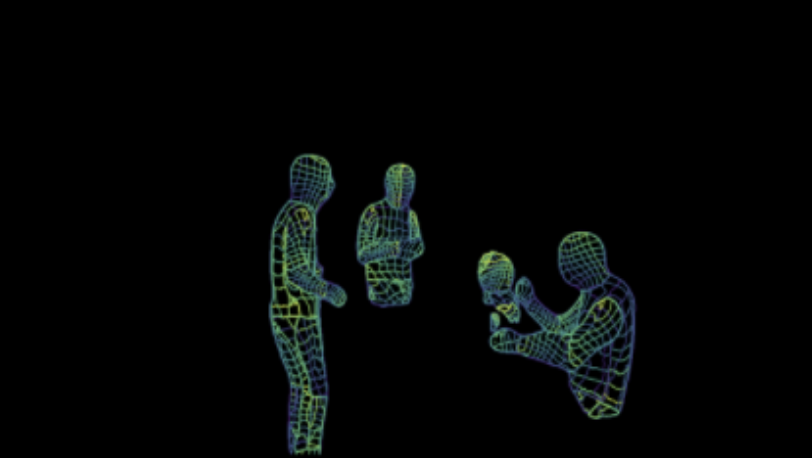Scientists have developed a new technology to identify humans through walls by using artificial intelligence that analyses WiFi signals. A new study from Carnegie Mellon University explored the use of WiFi antennas (1D sensors) for body segmentation and key-point body detection.
“Advances in computer vision and machine learning techniques have led to significant development in 2D and 3D human pose estimation from RGB cameras, LiDAR, and radars…. which need specialized hardware that is expensive and power-intensive. Furthermore, placing these sensors in non-public areas raises significant privacy concerns…We believe that WiFi signals can serve as a ubiquitous substitute for RGB images for human sensing in certain instances. Illumination and occlusion have little effect on WiFi-based solutions used for interior monitoring,” the researchers wrote.
The scientists claim the new technology is low-cost and accessible, “in fact, most households in developed countries already have WiFi at home, and this technology may be scaled to monitor the well-being of elder people or just identify suspicious behaviors at home,” said the team about its potential application, concluding that they “believe that the advanced capability of dense perception could empower the WiFi device as a privacy-friendly, illumination- invariant, and cheap human sensor compared to RGB cameras and Lidars.”
The study used a system used called DensePose, a computer vision technique for mapping all human pixels of 2D RGB images to a 3D surface-based model of the body, developed by researchers at Facebook AI Research (FAIR). The DensePose framework can be used to obtain dense correspondences between the 3D surface of a human body and a 2D image, which can then be used for various computer vision tasks such as re-texturing, animating, and synthesizing human images.
Source: independent.co.uk




